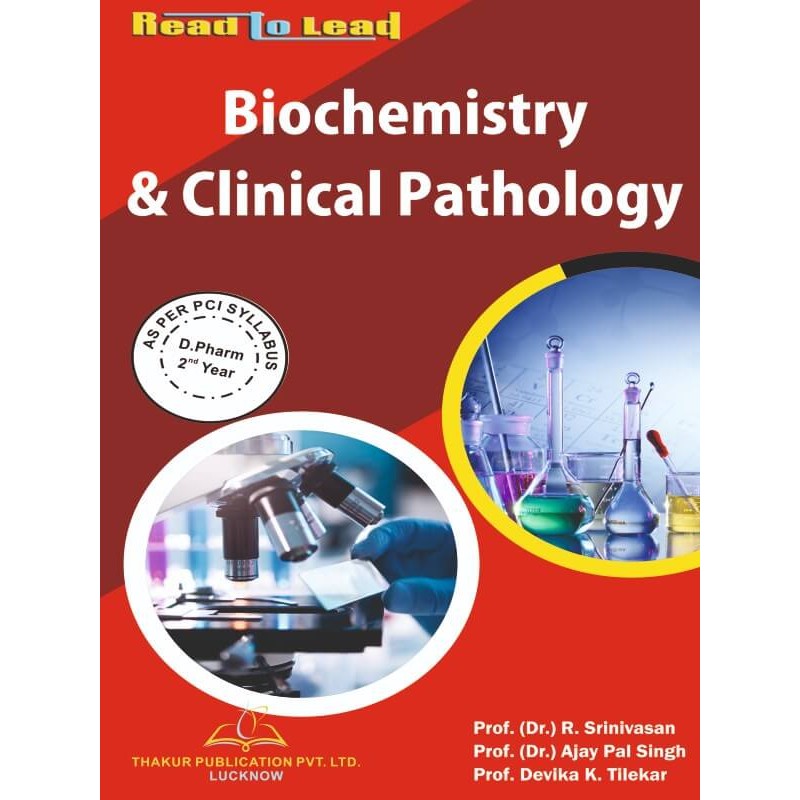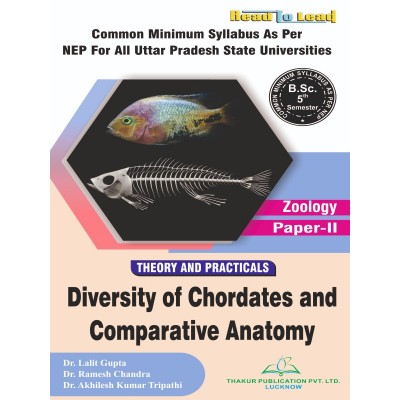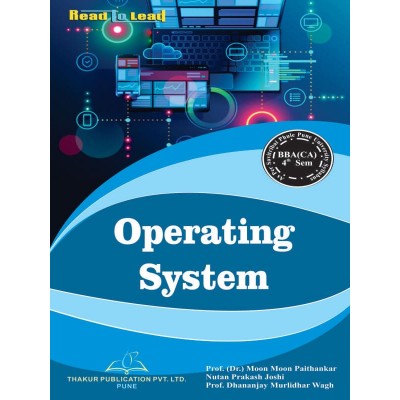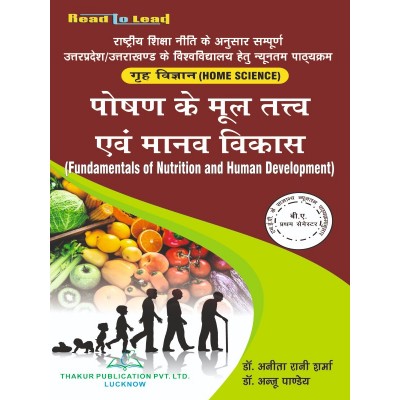Categories
- Pharmacy
- Nursing
-
MBA
-
BBA
- U.P. State University
- Veer Bahadur Singh Purvanchal University, Jaunpur
- Chaudhary Charan Singh University, Meerut
- Dr. Bhimrao Ambedkar University, Agra
- Chhatrapati Shahu Ji Maharaj University, Kanpur
- Mahatma Jyotiba Phule Rohilkhand University, Bareilly
- Mahatma Gandhi Kashi Vidyapith, Varanasi
- Dr. Ram Manohar Lohia Avadh University, Ayodhya
- Deen Dayal Upadhyaya Gorakhpur University
- Prof. Rajendra Singh (Rajju Bhaiya) University, Prayagraj
- BCA
-
B Ed
- Lucknow University B.Ed Books
- Chaudhary Charan Singh University/Maa Shakambhari University, Saharanpur
- Dr Bhim Rao Ambedkar University, Agra
- Mahatma Gandhi Kashi Vidyapeeth, Varanasi
- Chhatrapati Shahu Ji Maharaj University
- Prof. Rajendra Singh (Rajju Bhaiya) University, Prayagraj (PRSU)
- Mahatma Jyotiba Phule Rohilkhand University(Mjpru), Bareilly
- Dr. Ram Manohar Lohia Avadh University, Ayodhya
- Bundelkhand University, Jhansi
- Deen Dayal Upadhyaya Gorakhpur University
- Veer Bahadur Purvanchal University (VBPU)
- Maharaja Suhel Dev State University ,Azamgarh (MSDSU)
- Raja Mahendra Pratap Singh State University, Aligarh (RMPSSU)
- Barkatullah Vishwavidyalaya (Bhopal)
- Jiwaji University (Gwalior)
- Vikram University (Ujjain)
- Dr. Harisingh Gour University (Sagar)
- Devi Ahilya Vishwavidyalaya (Indore)
- Rani Durgavati Vishwavidyalaya (Jabalpur)
- Awadhesh Pratap Singh University (Rewa)
- Maharaja Chhatrasal Bundelkhand University (Chhatarpur)
- D. EL. ED
- TET
-
B Com
-
B Sc
- B.Sc. U.P. State Universities Common Syllabus NEP
- Veer Bahadur Singh Purvanchal University, Jaunpur
- University of Lucknow
- Chaudhary Charan Singh University, Meerut
- Madhya Pradesh
- Chhatrapati Shahu Ji Maharaj University, Kanpur
- Dr. Bhimrao Ambedkar University, Agra
- Mahatma Gandhi Kashi Vidyapith, Varanasi
- DEEN DAYAL UPADHYAYA GORAKHPUR UNIVERSITY
- Prof. Rajendra Singh (Rajju Bhaiya) University, Prayagraj
- Dr. Ram Manohar Lohia Avadh University, Ayodhya
- Mahatma Jyotiba Phule Rohilkhand University, Bareilly
- Uttarakhand State Universities
- B.Sc. Bihar Universities Common Syllabus NEP
- University of Rajasthan (Jaipur)
- Haryana
-
B A
- B.A. Of U.P. State Universities Common Syllabus NEP
- Veer Bahadur Singh Purvanchal University, Jaunpur
- University of Lucknow
- Chaudhary Charan Singh University, Meerut
- Chhatrapati Shahu Ji Maharaj University, Kanpur
- Dr. Bhimrao Ambedkar University, Agra
- Mahatma Gandhi Kashi Vidyapith, Varanasi
- Deen Dayal Upadhyaya Gorakhpur University
- Prof. Rajendra Singh (Rajju Bhaiya) University, Prayagraj
- Dr. Ram Manohar Lohia Avadh University, Ayodhya
- Mahatma Jyotiba Phule Rohilkhand University, Bareilly
- Madhya Pradesh
- Uttarakhand
- Bihar
- University of Rajasthan (Jaipur Syllabus as Per NEP2020)
- Haryana NEP-2020
- B Tech
Biochemistry & Clinical Pathology

Click below to Buy E-Book Edition:
₹ 155 E-BOOK GOOGLE PLAY
Buy a latest edition of Biochemistry and Clinical Pathology book of D.Pharm 2nd year prescribed by PCI Syllabus.
ISBN- 978-93-5480-363-5
AUTHORS - Prof. (Dr.) R. Srinivasan, Prof. (Dr.) Ajay Pal Singh, Prof. Devika K. Tilekar
₹260.00
Tax excluded
Click below to Buy E-Book Edition:
₹ 155 E-BOOK GOOGLE PLAY
Buy a latest edition of Biochemistry and Clinical Pathology book of D.Pharm 2nd year prescribed by PCI Syllabus.
ISBN- 978-93-5480-363-5
AUTHORS - Prof. (Dr.) R. Srinivasan, Prof. (Dr.) Ajay Pal Singh, Prof. Devika K. Tilekar
Syllabus
Biochemistry & Clinical Pathology
Course Code: ER20-23T
|
Chapter |
Topic |
Hours |
|
1)
|
Introduction to Biochemistry: Scope of biochemistry in pharmacy; Cell and its biochemical organization. |
2 |
|
2)
|
Carbohydrates
properties
galactose
|
5 |
|
3)
|
Proteins
|
5 |
|
4)
|
Lipids
|
5 |
|
5)
|
Nucleic Acids
|
4 |
|
6)
|
Enzymes
|
5 |
|
7)
|
Vitamins
|
6 |
|
8)
|
Metabolism (Study of cycle/pathways without chemical structures)
|
20 |
|
9)
|
Minerals: Types, Functions, Deficiency diseases, recommended dietary requirements |
05 |
|
10)
|
Water and Electrolytes
|
05 |
|
11)
|
Introduction to Biotechnology |
01 |
|
12)
|
Organ Function Tests
|
06 |
|
13)
|
Introduction to Pathology of Blood and Urine
|
06 |
PCI2022/ D.PHARM/2/3
47 Items
New product


 Watch Book Revision Video
Watch Book Revision Video














